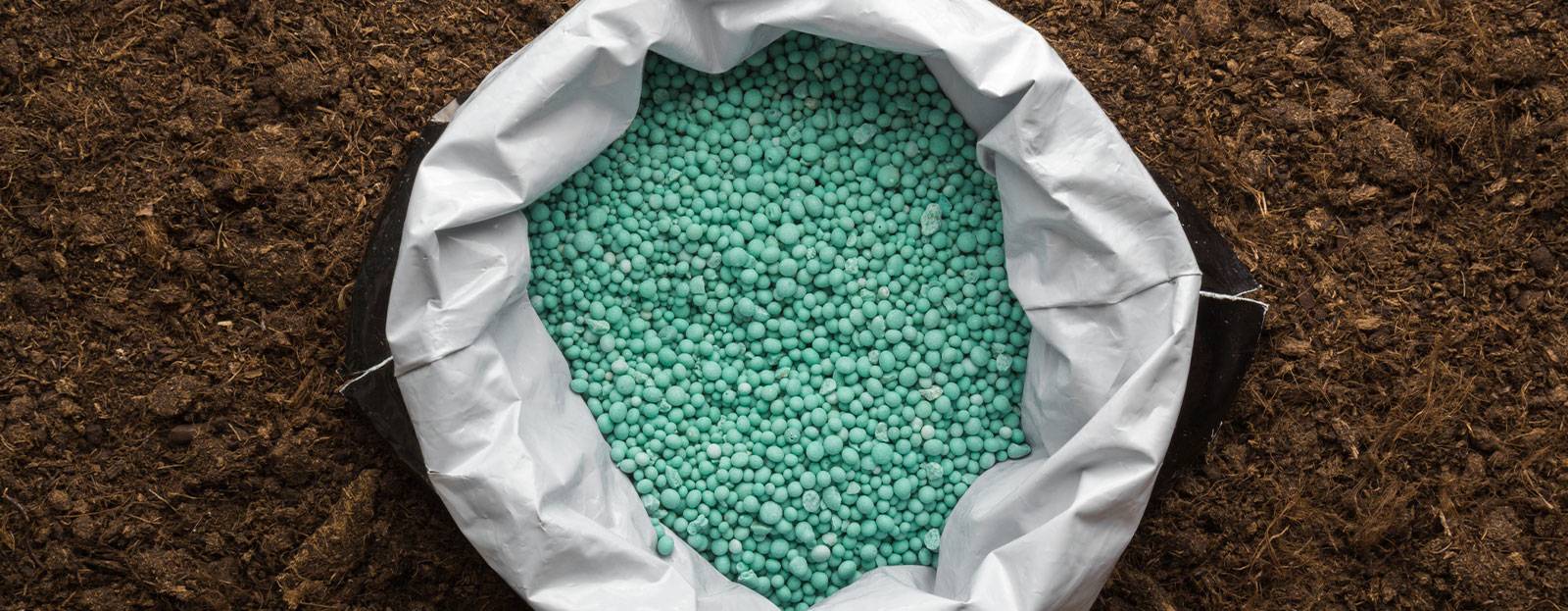
According to a recent media release from Fertilizer Canada, variations in the types of fertilizer produced, production methods used, and facility location require flexibility in technology solutions. The five technologies addressed in the study were Carbon Capture, Utilization and Storage (CCUS), hydrogen production through electrolysis, Small Modular Reactors (SMR), Cogeneration, and electrification of mining fleets. According to the report, SMRs have the greatest potential for GHG emission reductions in the potash sector. However, it still needs to be commercially available and requires a significant investment to be developed at the scale needed. A combination of electrolysis to produce hydrogen and CCUS used with steam methane reformers has the greatest potential for GHG emission reductions for ammonia production.
Fertilizer Canada, with financial support from Natural Resources Canada, released the technology roadmap study GHG Emission Reductions in the Canadian Fertilizer Production Sector. It examines five promising technologies that would significantly reduce greenhouse gas (GHG) emissions from ammonia and potash production.
Fertilizer Canada proactively commissioned the report to determine the timelines, costs, and feasibility of technologies to collaborate with the government and inform policies and incentives that support the industry and Canada’s emission reduction goals.
Canada’s fertilizer manufacturers and producers have been investing in decarbonization technologies for decades and continue to, but implementing technologies that reduce GHG emissions by 50 percent or more will require at least five to ten years and could cost upwards of $1 billion per facility based on similar publicly announced projects.
Fertilizer production is energy-intensive, and as a globally traded commodity, Canada’s fertilizer sector must balance reducing emissions and remaining competitive with countries that don’t face the same environmental policies and regulatory barriers, such as Russia and China.
Canada provides farmers with sustainably produced fertilizer, and our industry is committed to working with the government to develop and strengthen policies and regulations that incentivize investment and safeguard against production moving to other jurisdictions that don’t face the same climate policies. Protecting domestic production of sustainable Canadian fertilizer defends against carbon leakage that could increase global GHG emissions.
The fertilizer production sector’s ability to decarbonize also relies heavily on investments in infrastructure outside our fence line, including access to a clean, affordable, reliable electricity grid and CO2 pipelines for CCUS.
Based on the results of the study, we believe federal and provincial governments should consider the following:
- Provide federal and provincial regulatory certainty and long-term commitments that promote investments in decarbonization technology, along with targeted programs and investment tax credits that reflect the cost of these technologies. It is also important to look to other jurisdictions when developing policies and funding mechanisms to emulate their success, ensure Canada is competitive, and protect domestic fertilizer production.
- All levels of government work in collaboration with industry to ensure policies reflect realistic timelines for the wide commercial adoption of decarbonization technologies. They adjust funding programs to support technology at early stages of development, such as feasibility and engineering-level studies, and clarify and simplify regulatory approvals to expedite technology readiness.
- Work with industry and stakeholders to build out infrastructure our industry depends on beyond our fence-line to make reductions in GHG emissions, such as CO2 pipelines and a reliable, affordable, clean electricity grid.
“The Technology Roadmap showcases technologies which will result in a significant reduction in GHG emissions. However, it cannot be viewed as a one-size-fits-all approach,” says Karen Proud, President and CEO of Fertilizer Canada. “Companies must assess what technologies align best with their facilities and what are commercially available. However, together with governments, we can help create a regulatory environment that balances the economic and environmental goals of our member companies and Canada.”
